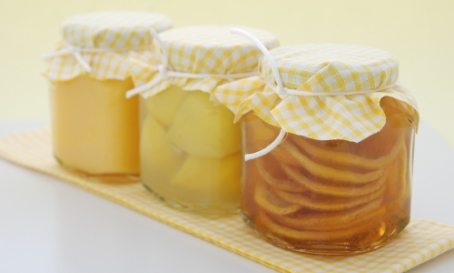Breakfast of Tomato Kasundi, Aubergine & Poached Eggs
We received a huge box of fruit and veg for Christmas from one of Hubby’s clients, most of which we managed to eat except for the tomatoes. The only reason we didn’t get through all the tomatoes was because I had been gifted extra tomatoes by a friend a few days early. Kasundi was the solution before the fruit went past it’s best. Kasundi is an Indian tomato relish/chutney which is fragrant and spicy but you can moderate the heat if you make your own. I prefer a spicy hot kasundi and can eat it with anything and as you can see I have no problem with spicy food for breakfast either, they say it kick starts the metabolism.
There are tons of tomato kasundi recipes on the internet, I’m not ‘reinventing the wheel’ here so I will just direct you to the one I used from Taste.com.au with a few tweaks. Here they used tinned tomatoes whereas I used 6 large fresh beef tomatoes which would have been the equivalent of 800g tinned. I didn’t cook my tomatoes for the length of time stated in their recipe either, I only cooked it for 40 minutes. By this time most of the liquid had evaporated. Tinned have a lot more liquid hence needing a longer cooking time. I divided the kasundi between 3 x 200g sterilised jars. You can use it straight away or keep it for ages in the sealed jars. You can use kasundi as a relish on burgers, as a chutney with papadums and I think it would also go really well with grilled or BBQ fish.
So once you have your kasundi you can start creating new dishes…..
To make the breakfast dish, I cut a rather large aubergine/egg plant into 8 wedges lengthways. Added 2 tablespoons of olive oil to a large frying pan and fried the aubergine over a medium heat on both sides until brown. Approx 3 minutes a side. Then add 1/3 of the kasundi ( 1 jar) to the frying pan, lowered the heat and simmered for 15 minutes. Poach some eggs to go with it. This will serve 2-3 people as a main dish. Serve the poached eggs on top of the kasundi and add some fresh coriander. Enjoy the spicy kick for breakfast!












 For Everyone who loves nut betters here is a fairly simple recipe that produces a more refined tasting butter than peanut. Although I enjoy pistachio & almond butter on a fresh piece of bread my real reason for making it was to turn it into pistachio & almond ice cream (recipe posted next under ice cream). I also have a friend who has fond memories of eating pistachio ice cream back in Europe but can’t find it here so I thought I would surprise her too.
For Everyone who loves nut betters here is a fairly simple recipe that produces a more refined tasting butter than peanut. Although I enjoy pistachio & almond butter on a fresh piece of bread my real reason for making it was to turn it into pistachio & almond ice cream (recipe posted next under ice cream). I also have a friend who has fond memories of eating pistachio ice cream back in Europe but can’t find it here so I thought I would surprise her too.








